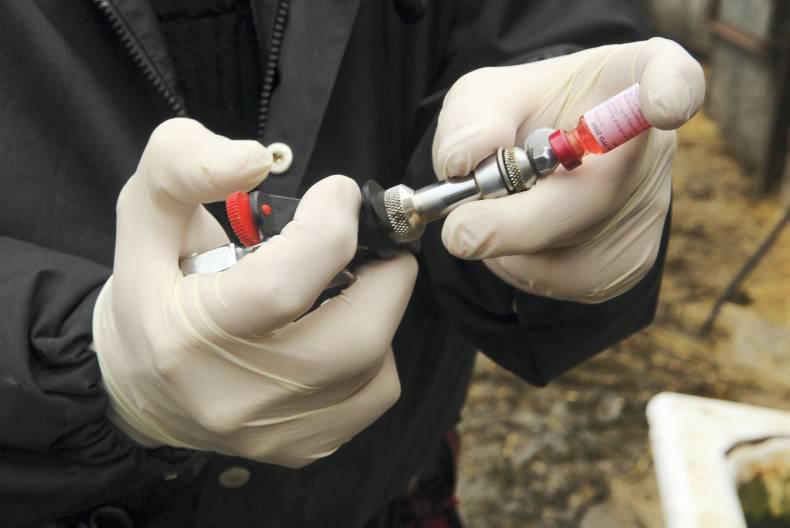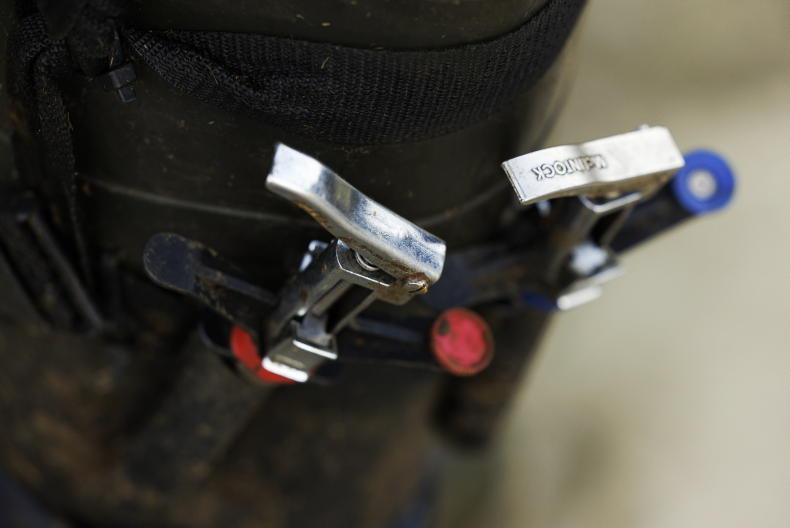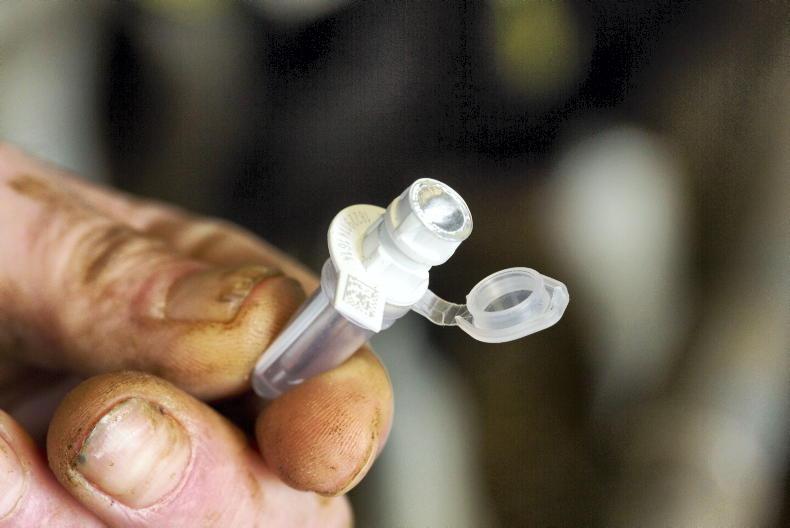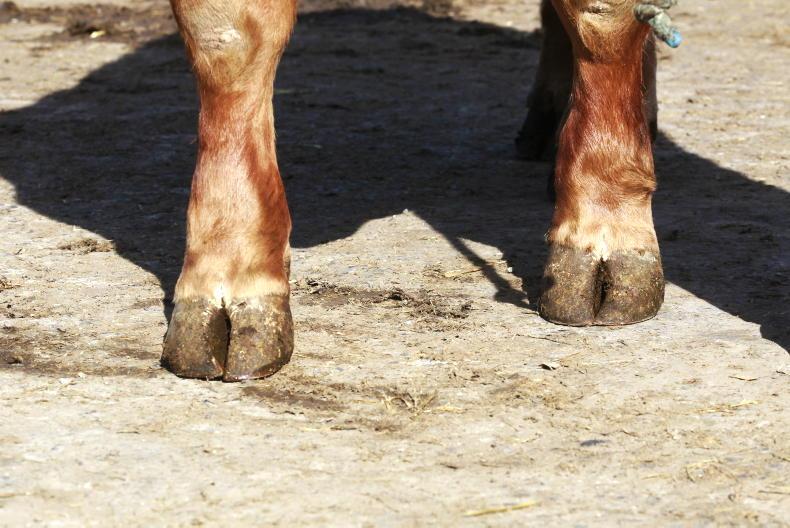Over the last two 12-month periods, the herd incidence and herd prevalence of TB in Scotland and Wales has stayed relatively stable. England, however, has seen herd incidence increase to 9.6% in 2015, while herd prevalence also rose to 6.1%, according to the latest figures from the UK’s Department for Environment, Food and Rural Affairs.
In England, there were increases in the percentage of herds, which were not officially TB-free (OTF) due to a TB incident in all risk areas.
Between the 12 months ending December 2015 and the previous 12-month period, there was a decrease in the number of new TB incidents in Wales.
Meanwhile, in Scotland, the number of non-OTF herds is very low and approximately 45% of cattle herds are now exempt from routine TB surveillance testing.
Slaughterings
Some 28,033 cattle were slaughtered in England in 2015 due to TB, up 6% from the end of 2014. In Wales, 8,103 cattle were slaughtered, up 27% from the year before. The increase in cattle slaughtered was due to a TB incident in the high risk area of England and Wales between 2014 and 2015.
There has been an overall long-term upward trend in the incidence of TB in cattle herds in England and Wales since 1996, although there is evidence that the rate of new cases is levelling off in most areas of the country, according to the Department.
Upward curve in Northern Ireland
Meanwhile, statistics published by DARD in November showed a gradual increase in TB levels in Northern Ireland in 2015.
While figures have been on the rise, with the disease most prevalent in areas covered by Coleraine, Newtownards and Omagh veterinary offices, the rates are still behind those seen at the last spike in 2012 when herd incidence hit 7.34%.
Read more
Bovine TB on an upward curve in NI
Over the last two 12-month periods, the herd incidence and herd prevalence of TB in Scotland and Wales has stayed relatively stable. England, however, has seen herd incidence increase to 9.6% in 2015, while herd prevalence also rose to 6.1%, according to the latest figures from the UK’s Department for Environment, Food and Rural Affairs.
In England, there were increases in the percentage of herds, which were not officially TB-free (OTF) due to a TB incident in all risk areas.
Between the 12 months ending December 2015 and the previous 12-month period, there was a decrease in the number of new TB incidents in Wales.
Meanwhile, in Scotland, the number of non-OTF herds is very low and approximately 45% of cattle herds are now exempt from routine TB surveillance testing.
Slaughterings
Some 28,033 cattle were slaughtered in England in 2015 due to TB, up 6% from the end of 2014. In Wales, 8,103 cattle were slaughtered, up 27% from the year before. The increase in cattle slaughtered was due to a TB incident in the high risk area of England and Wales between 2014 and 2015.
There has been an overall long-term upward trend in the incidence of TB in cattle herds in England and Wales since 1996, although there is evidence that the rate of new cases is levelling off in most areas of the country, according to the Department.
Upward curve in Northern Ireland
Meanwhile, statistics published by DARD in November showed a gradual increase in TB levels in Northern Ireland in 2015.
While figures have been on the rise, with the disease most prevalent in areas covered by Coleraine, Newtownards and Omagh veterinary offices, the rates are still behind those seen at the last spike in 2012 when herd incidence hit 7.34%.
Read more
Bovine TB on an upward curve in NI










SHARING OPTIONS